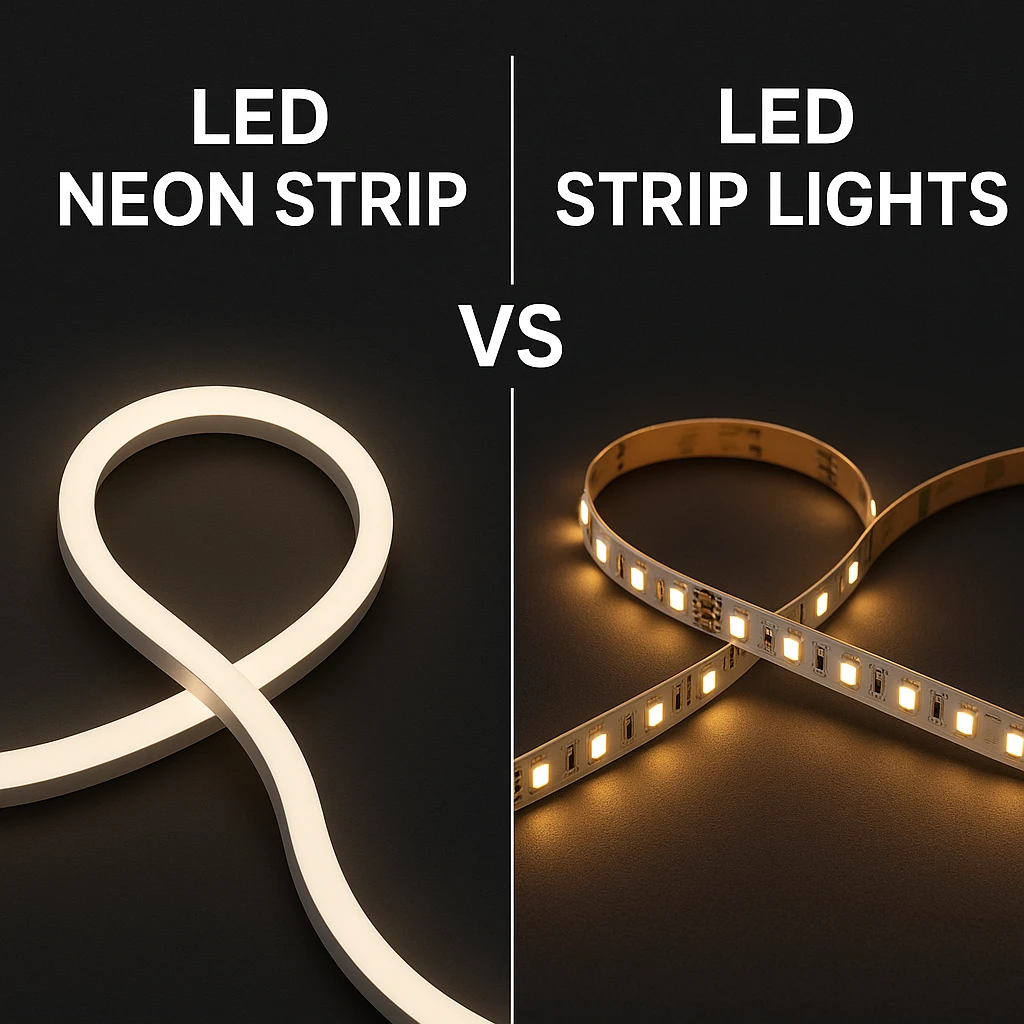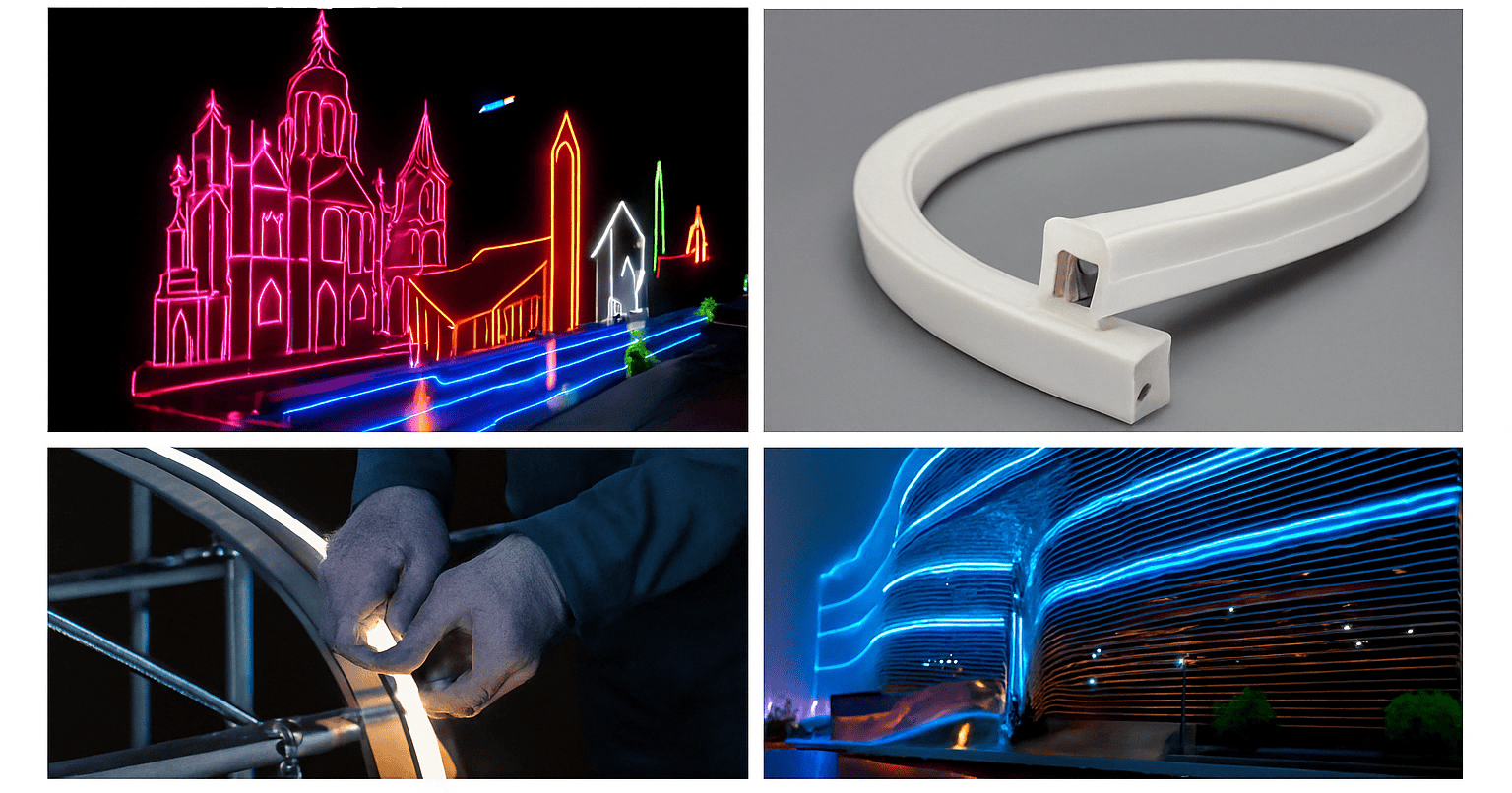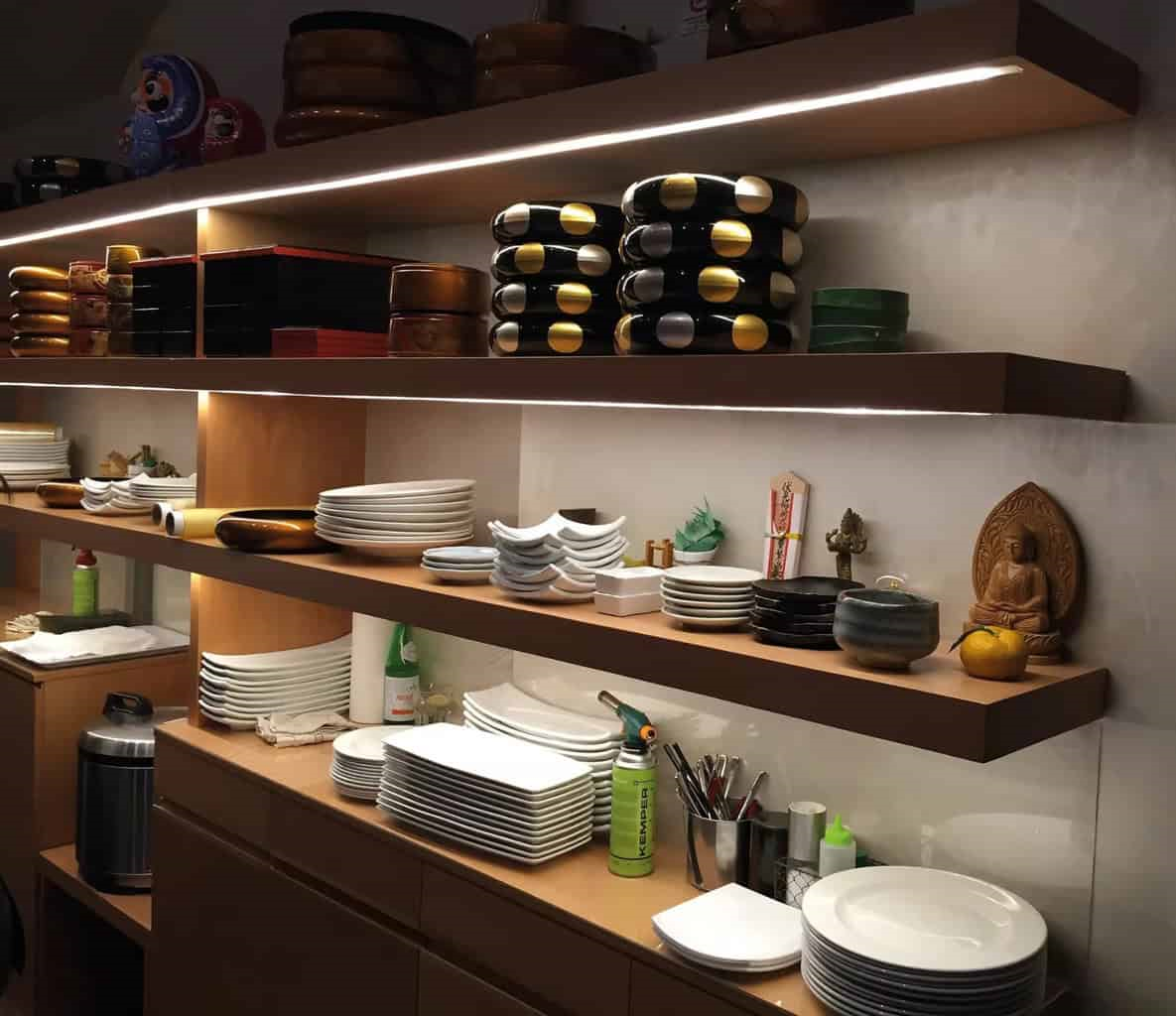Voltage drop is a common phenomenon in LED lighting systems that can affect the performance and longevity of LED strips. It refers to the decrease in voltage along the length of a strip due to the resistance of the conductors and components in the circuit.
What is Voltage Drop?
Voltage drop is the reduction in electrical potential that occurs when current flows through a circuit. In the context of LED strips, voltage drop can lead to dimming of the lights, uneven illumination, and even premature failure of the LEDs. It is crucial to understand and address voltage drop to ensure optimal performance and lifespan of your LED strip lights.
Causes of Voltage Drop
Several factors contribute to voltage drop on strip lights. The primary causes include:
1. Length of the Strip: The longer the LED strip, the higher the voltage drop due to the increased resistance along the conductors.
2. Inadequate Wire Gauge: Using wires that are too thin for the current load can result in significant voltage drop.
3. Poor Connections: Loose or corroded connections can increase resistance in the circuit, leading to voltage drop.
4. Voltage Regulation: Inconsistent input voltage from the power source can cause fluctuations in the output voltage of the LED strip.
How to Decrease Voltage Drop on LED Strips, especially for flexible LED strip lights?
To reduce voltage drop and ensure optimal performance of your LED tape light, consider the following tips:
1. Use Proper Wire Gauge: Select wires with sufficient thickness to carry the current without significant voltage drop. Consult wire gauge charts to determine the appropriate size for your LED strip installation.
2. Increase Thickness of Copper on PCB: Same theory like use proper wire gauge.
3. Install Power Injectors: For long LED strip runs, consider using power injectors at regular intervals to supplement the voltage and prevent excessive drop.
4. Improve Connections: Make sure all connections are secure, clean, and free of corrosion to minimize resistance and voltage drop.
5. Utilize Voltage Amplifiers: Voltage amplifiers can boost the voltage of the LED strips, compensating for any drop along the length of the circuit
6. Opt for Higher Voltage Power Supplies: Using higher voltage power supplies can help mitigate voltage drop, especially in longer LED strip installations.
7. Adopt Constant Current Circuit: Triode or IC could provide steady current which means to provide even illumination.
8. Take high voltage strip instead of 12V LED strip lights: 24V, 36V or 48V.
Our COB LED strip FYX08T384C is built for 15 meters long run without voltage drop, link as bellow:
https://www.signliteled.com/products/cob-led-strip/cob-384led-8mm

Voltage drop is a common issue in LED strip lighting systems that can impact performance and reliability. By understanding the causes of voltage drop and implementing appropriate solutions, such as using proper wire gauge, improving connections, and utilizing voltage amplifiers, you can effectively decrease voltage drop and optimize the performance of your LED strips. Remember to prioritize proper installation and maintenance practices to ensure the longevity and efficiency of your LED lighting setup.
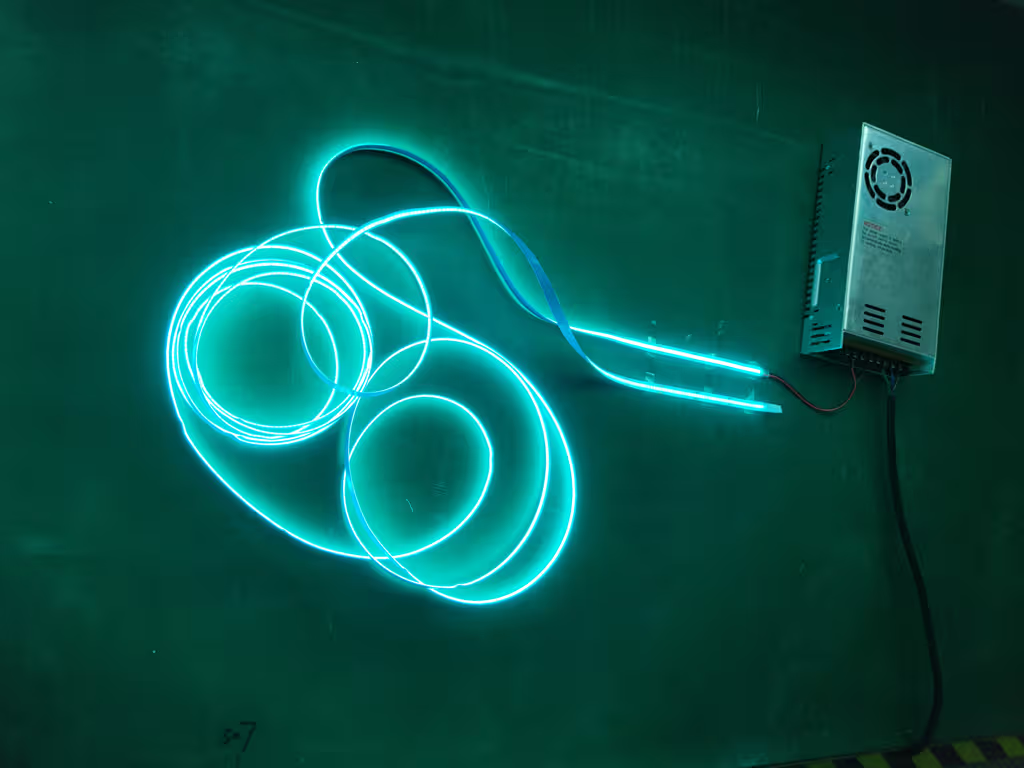
5m 336leds/m COB strip light, DC12V, 7W/m, green.
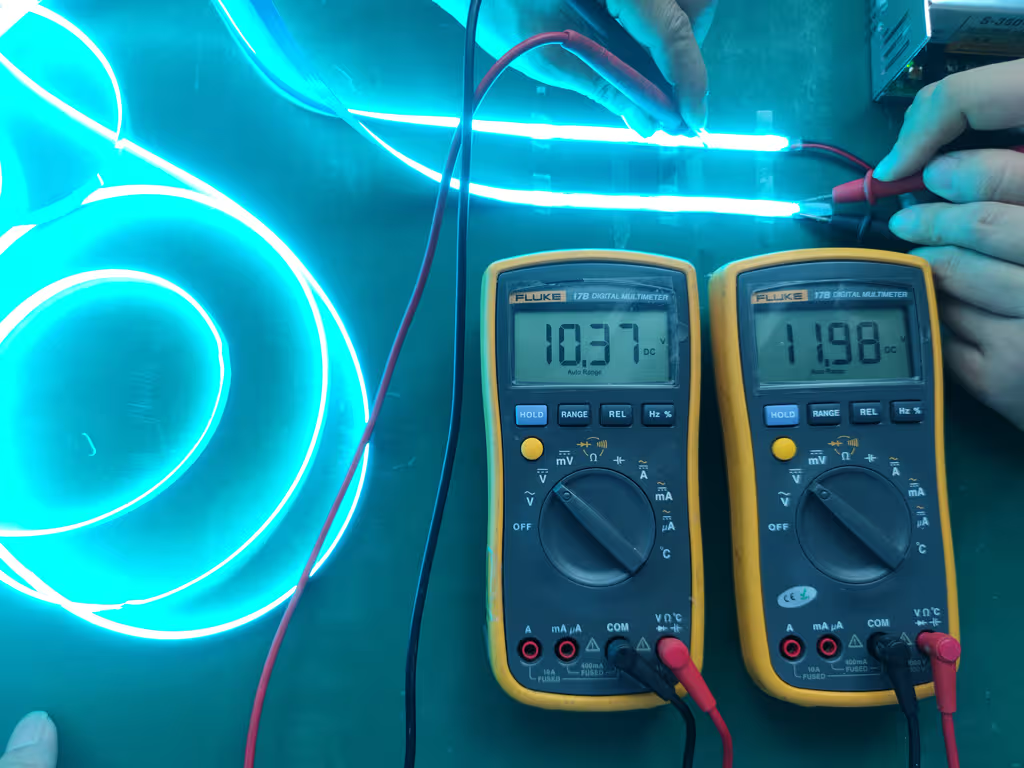
Voltage test on both side, 1.6V voltage drop.
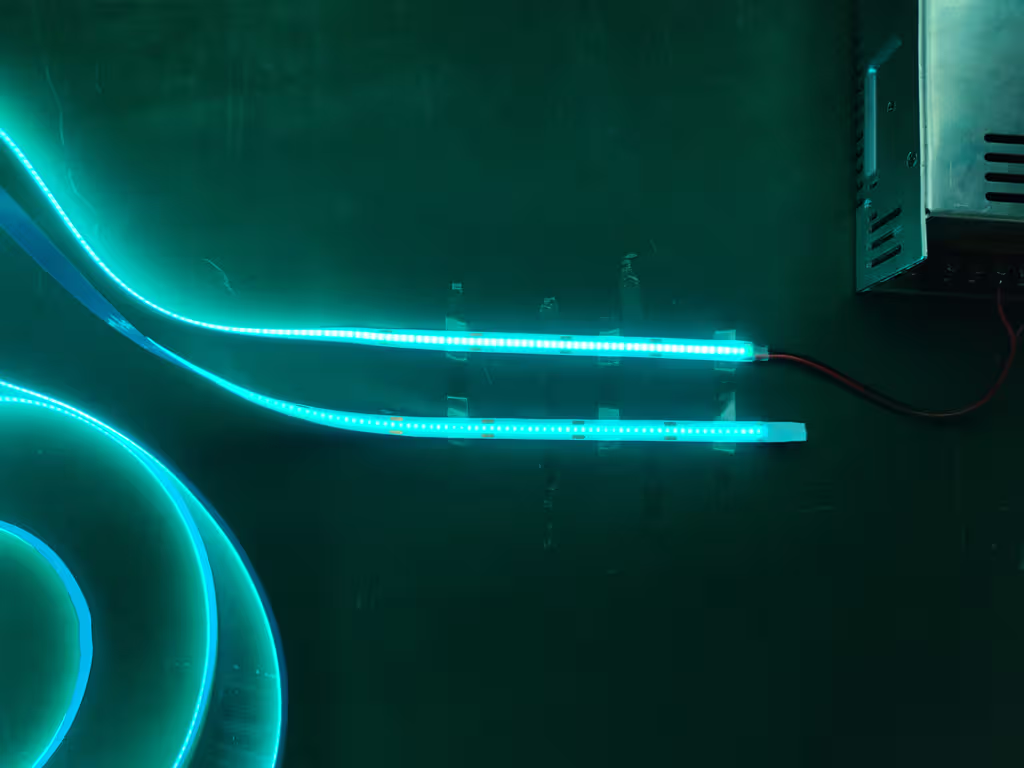
Obvious brightness difference between input side and end side due to voltage drop.
